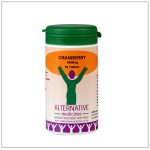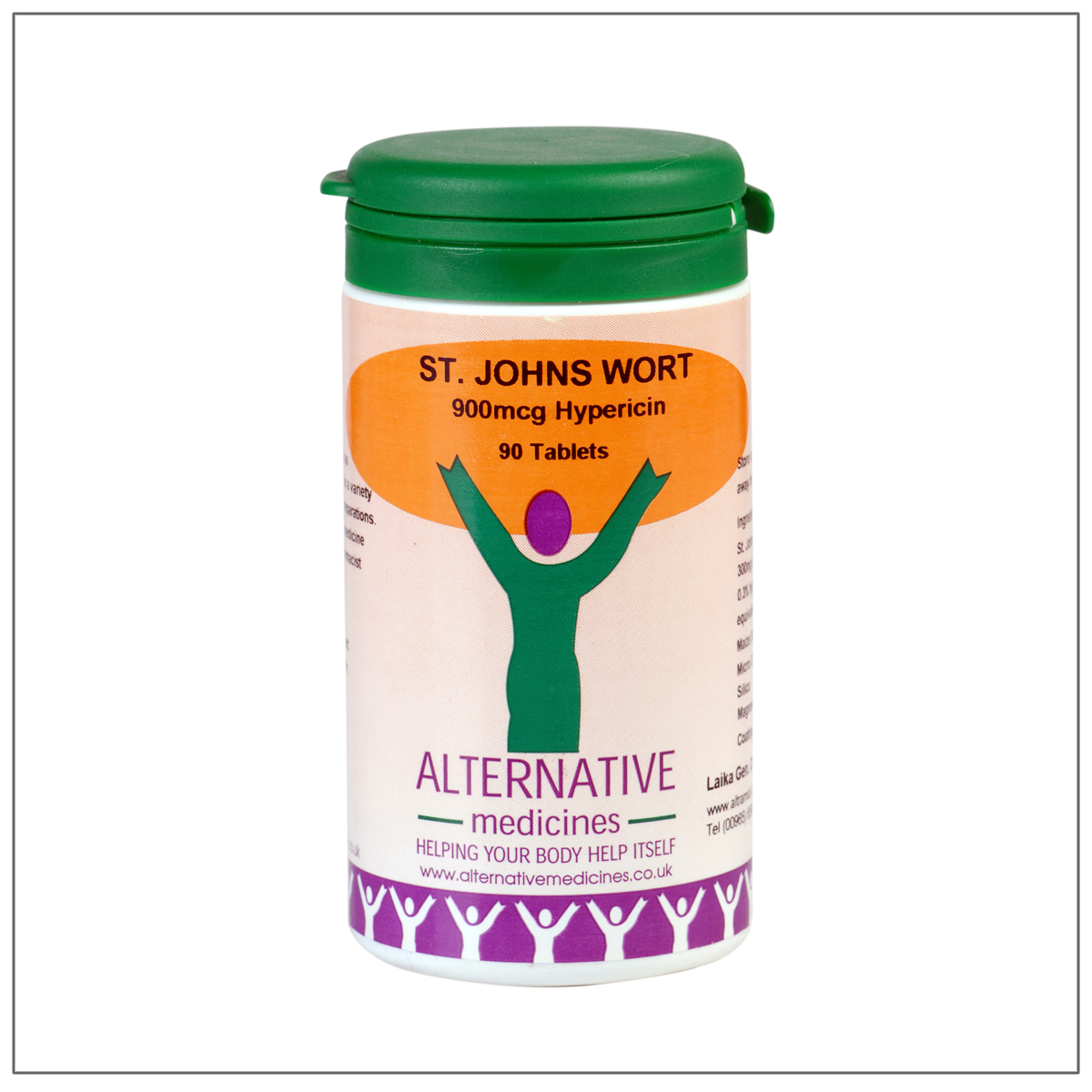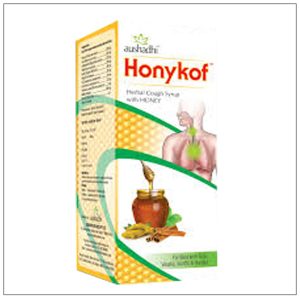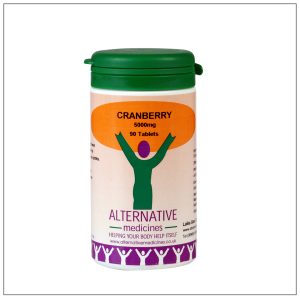Description
The St. John’s Wort herb (Hypericum perforatum) was named in honor of St. John The Baptist. His traditional birthday is in June, the month the golden flowers start to bloom (“wort” means “plant”). This perennial herb grows almost like a weed, has been abundant in Europe since ancient times. History shows that for 2,400 years, St. John’s Wort has been used as a safe and effective herbal medicine. Hippocrates himself, in 350 B.C, prescribed the herb’s extracts for relief from such ailments as dysentery, tuberculosis, haemorrhage, jaundice, colds, insomnia, and hysteria.
Researchers in Europe have studied St John’s Wort for decades. They discovered a combination of elements in the plant, foremost of which is “hypericin”, react with specific chemicals in the brain to temper emotional discomfort, lift depression, and calm the nerves. Working very much like the common synthetic prescription antidepressants (maprotiline hydrochloride and imipramine), natural extracts from St. John’s Wort have shown to relax and soothe the psyche with minimal side effects.
Doctors in Europe have long prescribed St. John’s Wort to patients suffering from depression. Since 1996, as a result from 25 studies reporting the favorable effects of the herb, production, sale, and use of St. John’s Wort in the United States has skyrocketed. The National Institute on Mental Health, has budgeted $5 million dollars to further test St. John’s Wort effectiveness on clinical depression.
St. John’s Wort’s therapeutic effects are found to include:
Relieves mild to moderate depression and anxiety.
Promotes restful sleep.
Improves capillary circulation.
Increases cardiac circulation.
Eases gastrointestinal distress.
Relieves discomfort associated with premenstrual syndrome.
Fights retroviruses.
Capsule – Standardized at 300 mg; 0.3 hypericin content; suggested dosage is 2 – 12 capsules a day; Used for mood enhancement and mental clarity, and to alleviate mild to moderate depression and anxiety.
Reported side effects, though usually mild and acceptable, include:
Photosensitivity – Laboratory research indicated that high doses of hypericin resulted in a sensitivity to sunlight and ultraviolet rays. Although “high” dosage has not exactly been established, doctors advise especially the fair-skinned to refrain from overexposure to sunlight, to avoid sunburn and rashes.
Gastrointestinal irritations, assorted allergic reactions, tiredness, and restlessness have been reported by less than 1 percent of the users, mostly attributed as psychosomatic








